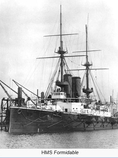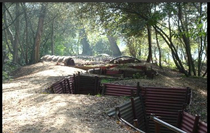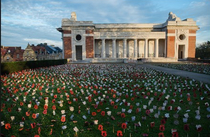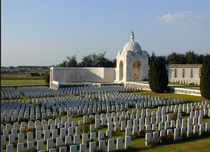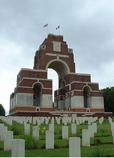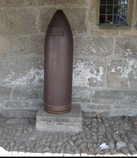
Exeter Local History Society
Jurys Inn, Western Way, Exeter
Exeter and the Great War
A talk by Tony Lethbridge on Thursday, 14 April 2016
Tony explored the First World War from an Exeter viewpoint, starting with the memorial in Exeter to solders who went to war in 1914. He pointed out that the Biggles story books illustrated the “romantic” and “adventurous” expectations of the period but the reality for the soldiers turned out to be very different.
100,000 soldiers were needed and on 2 August the first reservists were called to Salisbury Plain for training. Many trains from Exeter were fully loaded but returned empty. Devon reservists went from Salisbury to Portsmouth and Southampton to sail to Le Havre in France and then continued up to Belgium.
The first British shot (since Waterloo 100 years earlier) was fired at Mons on 22 August 1914. The 1st troop of the Royal Irish Dragoon Guards charged first on horseback with sabres. Then the 4th troop dismounted and prepared their rifles. That first shot was fired by a Corporal Thomas.
At Nimy Bridge the 4th Battalion Royal Fusiliers suffered 250 casualties. An officer (Lt Dease) with a machine gun kept German soldiers at bay while the main British force escaped. He was shot more than once but stayed at his post until eventually he was killed. Pte Frank Godley took over and held the bridge for two hours. When he ran out of ammunition he dismntled the gun, threw the bits into the canal and crawled away, terribly wounded. He survived the war and for his valour he was awarded the Victoria Cross - as was Lt Dease, posthumously.
On New Year's Eve 1914 the fleet was gathered for exercises off Berry Head near Brixham when HMS Formidable was hit by a German torpedo. She lost 500 of her 700 crew and Captain Loxley, in true Naval tradition, went down with his ship. His faithful dog, Bruce, refused to leave him for a lifeboat and drowned in his master's arms.
The weather was terrible and many crew members died, even those in those lifeboats which could be launched. Anything wooden in the ship was broken up – even the piano – to provide something for the seamen not in lifeboats to hold on to. One lifeboat suffered the storms for 22 hours before eventually washing up at Lyme Regis. The survivors were taken to the Pilot Boat Inn and the corpses were put in the basement. The landlady’s dog, Lassie, would not leave one particular corpse alone, sniffing and licking it. Suddenly the corpse “woke up” – the dog had saved his life. This led to the first Hollywood film of that name with many others to follow.
One survivor of the war was local boy Jack Bovey who played, as a teenager, in the Salvation Army Band. He joined up – lied about his age – was seconded to the Royal Army Medical Corps and served in a medical post in France. But the post was destroyed by enemy gunfire so he was transferred to a new location but, arriving in the dark, he slept in the wrong field and was caught by the enemy. A prisoner of war for the duration he was eventually released and arrived at Queen Street Station where a band was playing. He immediately went home, collected his trumpet and joined the band!
John Gorman was born in Newton Poppleford, emigrated to Canada, came back here with the Canadian army and at first was sent off haymaking! He made it to France where he was wounded and then, returning to the the battle front, was killed on 7 May. It is not known where he is buried but his name is on the Nimy Memorial and the Memorial at Ottery.
At Widdicombe there is a memorial comprising a 15” naval shell. This was a gift to the people of Widdicombe for their great efforts in collecting sphagnum moss from the Moor. This was sent to France to dress wounds (sphagnum moss is more absorbent than cotton and is known to immobilise bacterial cells).
Back in England the shortage of men during the war meant that women were called up to work in factories and the St Thomas Exeter Collar Factory therefore employed only female staff. Tony told us that on 25 April 1917 these women struck for equal pay with men and marched to Ottery and back (25 miles).
In 1917 there was a potato famine in Exeter. In Cathedral Yard there were long queues for potatoes. Whether this famine was due to a U-boat purge or farmers holding back their produce is not confirmed.
The infant Royal Air Force also suffered serious losses and there is a memorial to the pilots who died in the Higher Cemetery - but that's another story.
